Aphasia
Aphasia is a disorder that impairs the ability to understand and express language, as well as the ability to read and write. It usually occurs suddenly, after a stroke or head injury; or it may develop slowly, because of a brain tumor, infection in the brain or progressive brain and/or nerve disorders.
Who will suffer from aphasia?
It can affect all ages, races, nationalities and gender, depending on the underlying medical condition, for instance, diabetes, high blood pressure, heart diseases.
However, it is more common among adults, with 15% of them are below 65 years old; and 43% increase for those aged 85 years old and above.
Types of aphasia
Most common types of aphasia are Wernicke’s aphasia and Broca’s aphasia.
In general, Wernicke’s area works to make sure the language makes sense; whereas Broca’s area helps to ensure the language is produced in a fluent way. Hence aphasia may also be categorized as fluent, and non-fluent aphasia.
People with Wernicke’s aphasia may speak in complete and long sentences that have no meaning, adding unnecessary words or even creating made-up words. For example, they may say, “You know that smoodle pinkered and that I want to get him around and take care of him like you want before.” without them realizing their spoken mistakes.
In contrast, people with Broca’s aphasia may understand speech and know what they want to say, but frequently speak in short phrases that are produced with great effort. They often omit small words, such as “is”, “and” as well as “the”. For example, they may say “walk dog”, meaning “I will take the dog for a walk”, or “book book two table”, for “there are two books on the table”. Because they understand others’ speech fairly well, they are often aware of their difficulties and can easily become frustrated.
Besides, there are other types of aphasia, each of which results from damage to different language areas in the brain. Some are diagnosed with global aphasia, who may have severe difficulties in communication and may be extremely limited in their ability to speak or comprehend language.This is the most severe form of aphasia. There are other people who may suffer from repeating words and sentences, even though they can understand them and can speak fluently. This condition is known as conduction aphasia.
How does aphasia affect a person’s life?
Aphasia affects the quality of life in individuals who are suffering with this disorder, in terms of relationship, work, finances and social activities. Simple activities such as using public transport, going to the shops, and watching television will become difficult, especially when their right hand and leg are paralyzed (as aphasia often affects the left side of the brain).
Sometimes, they can hardly spell a word or understand numbers. They will feel isolated when they are not able to join daily conversations or communications with others in the room.
When one of the family members has developed aphasia, the quality of life for the whole family will be affected as well.
Tips for better communication with aphasia people
Family members or friends can be easily frustrated and loss of patience during communications. Here are some tips to make it easier to understand and talk with them:
-
Get their attention before starting to speak.
-
Slow down your speech.
-
Use short sentences.
-
Have eye contact with them and pay attention to their body language.
-
Try using drawing, gestures, writing and facial expressions. They may understand those better than words sometimes.
-
Keep your voice at a normal level.
-
Talk to them in a quiet place. Turn off the TV or radio.
-
Give them time to speak. Try not to finish off their sentences for them.
-
Allow them to make mistakes.
-
Let them try to do things for themselves even if they might need to try a few times. Help them when they ask for it.
Aphasia therapy
Some may never regain their full speech and language skills. Nevertheless, after a brain injury, tremendous changes occur in the brain, which help it to recover. As a result, people with aphasia often see dramatic improvements in their language and communication skills in the first few months, even without treatment.
Speech-language therapy, a kind of therapy that helps them regain their ability to communicate.This therapy focuses on using their remaining language abilities, restoring their existing language abilities as much as possible and teaching other ways of communicating, such as using pictures, gestures or electronic devices use. This will ensure that their ability to communicate will improve gradually.
More and more people with aphasia participate in activities like book clubs, technology groups as well as art and drama clubs. These experiences not only help improve their communications skills, but also help to regain their confidence and social self-esteem. Also, they may utilize speech-generating applications on mobile devices as an alternative way of communicating.
All in all
With more people around the world being diagnosed with aphasia, we need to have more empathy and extra patience towards them as living with aphasia is already a difficult moment for both family members and the individual. Allow aphasic individuals to communicate slowly and improve their skills one at a time in order to regain their confidence and better quality of life.
Medically reviewed by Ashwini Nair, MB BCh BAO.
DOC2US COVID-19 Services: Free COVID-19 Virtual Health Chat | COVID-19 Home Care Plan
References:
1. What Is Aphasia? — Types, Causes and Treatment. NIDCD. Accessed April 1, 2022. https://www.nidcd.nih.gov/health/aphasia
2. Aphasia. American Speech-Language-Hearing Association. Accessed April 1, 2022. https://www.asha.org/public/speech/disorders/aphasia/
3. Ismail WS bt W. “Cannot Speak” After Stroke. PORTAL MyHEALTH. Published November 4, 2016. Accessed April 1, 2022. http://www.myhealth.gov.my/en/cannot-speak-stroke/








